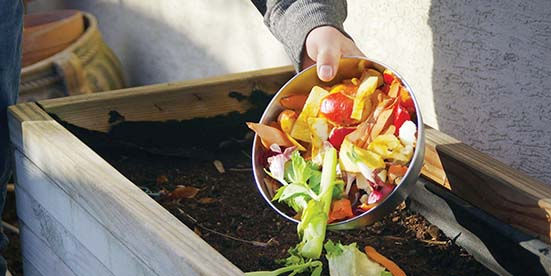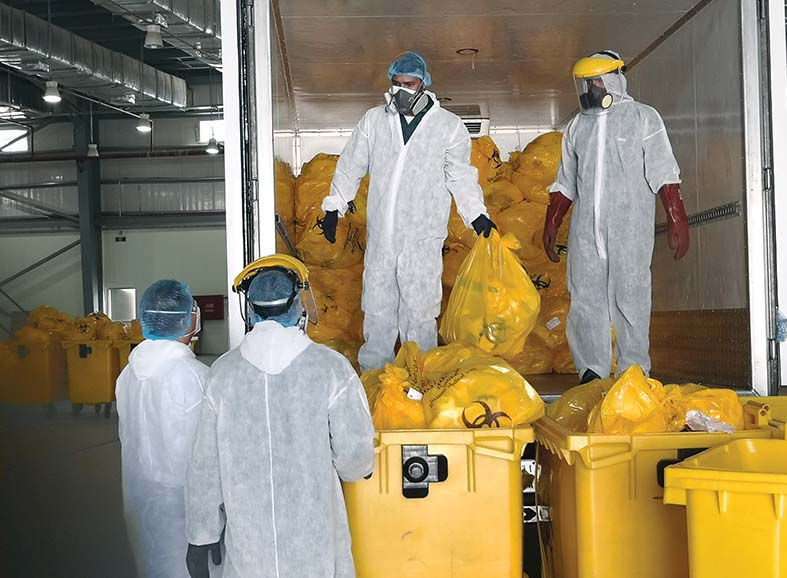Feel it and Smell it
- Dr. Sanjay Joshi

- Jan 3
- 2 min read
Updated: Jan 6

Dear readers,
Wish you all a happy and prosperous new year!
Llast week my article gave you a basic protocol of how to set up your own compost bin in your house. Here are some more tips. Once your bucket is ready, you will have to wait for a couple of weeks-ideally for 21 days- at the most.
Those tiny little invisible wonderful microorganisms namely decomposing bacteria need that much time for getting acclimatized and for getting activated. So, we should have patience. However, every few days, use a rake to give the pile a quick turn to provide aeration. If you think the pile is too dry, sprinkle some water so that it retains enough moisture. After 21 days are over, you must be very eager now to look inside your magic bin! Don’t restrain yourself.. Go ahead.. Remove the lid.. Look inside.. Oops…Remember?
On day 1, you had added all greens and reds and yellows and what not! Now all you see is the black granulated material inside..Now take a handful of this material. Feel it .. Does it feel like tea powder? If yes. You are the winner… Now smell it… you might get startled and would look around thinking that rain is falling. because you get an earthy smell of that crumbly granular material in your hand which is similar to the scent you get when the first raindrops hit the soil! Time to celebrate!!!
Now you can start adding the wasted, cooked, stale or foul-smelling food also. (But ideally, you should not waste the food at all. By doing so, you are wasting many precious resources) With time and a little patience, composting will become second nature to you. What has happened here is that, the process of biodegradation has taken place under more controlled conditions and we have not left the waste just to rot in hopes that it will turn into nutrient-rich compost.
Basic science of composting: The compost process requires oxygen to be effective, because the organisms involved are mainly AEROBIC, meaning they require oxygen to live -just as we, humans require oxygen to live- and therefore to break down substances. These organisms consume and use up the organic material for energy (carbon), to build proteins (nitrogen), and for other cellular processes (phosphorus, Sulphur, etc.), and in doing so break down complex organic structures, such as plants and feces, into their more basic elements. During this process they produce the humic-like compost we desire, as well as CO2, heat, and water vapor.
However, some ANAEROBIC fermentation—biodegradation without oxygen—is also required in the compost process, especially to break down more durable plant structures, such as lignin (the complex structure that makes up the secondary cell wall of plants and helps them to stay rigid).
However, most of the decomposition must remain aerobic for efficient, rapid composting with minimal odor production. There are thousands of tiny organisms that are involved in the compost process, including fungi, microbes, actinomycetes (a unique type of bacteria that look like fungi), and invertebrates. The use of earthworms to enhance the compost process is called “vermicomposting.” More about this little science of composting in my next article. Till then, have a good weekend!!
(The author is an environmentalist. Views personal.)




Comentarios